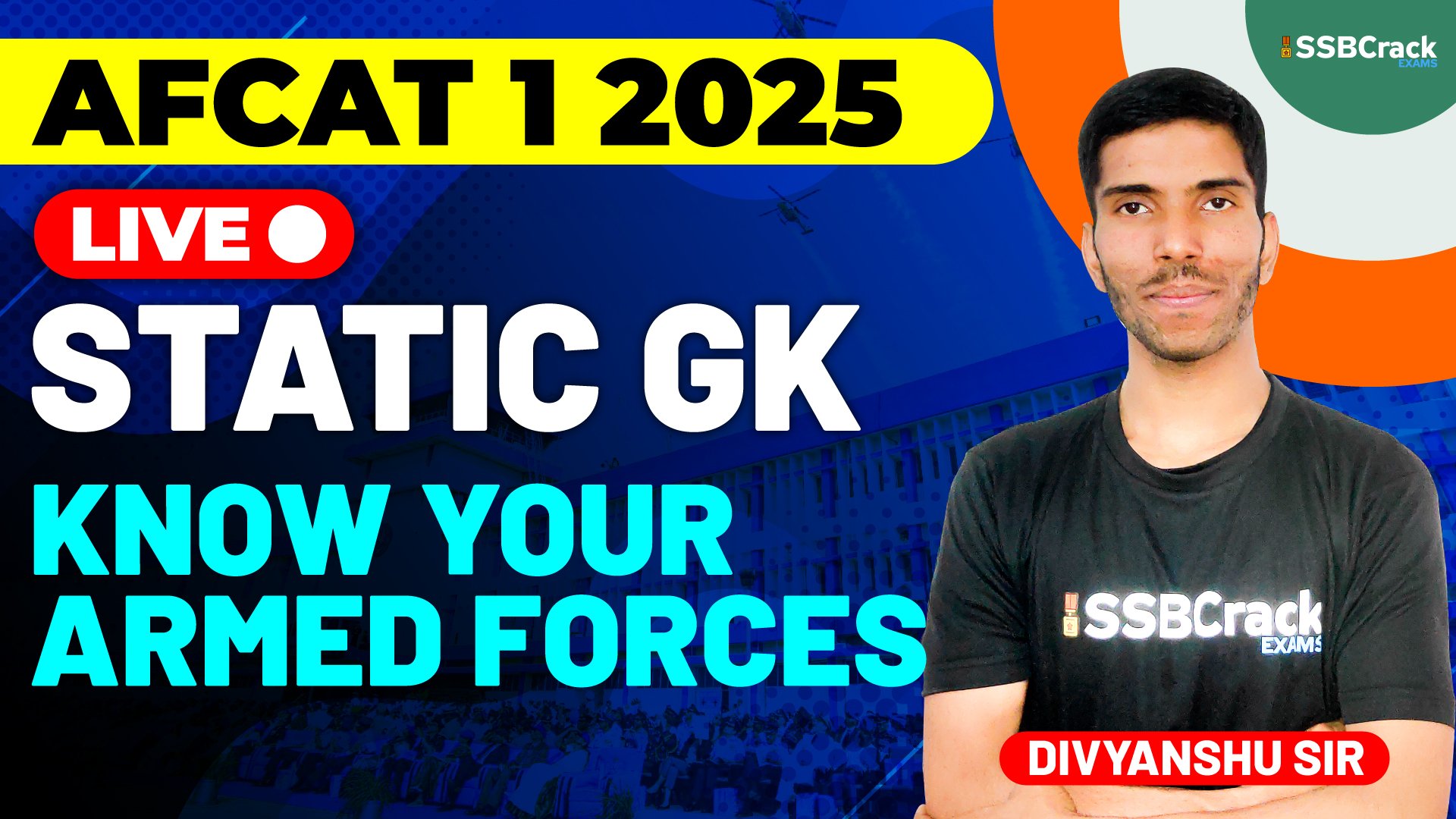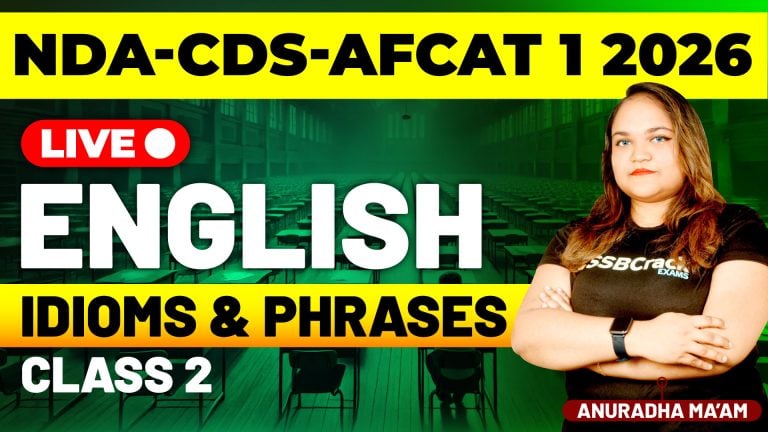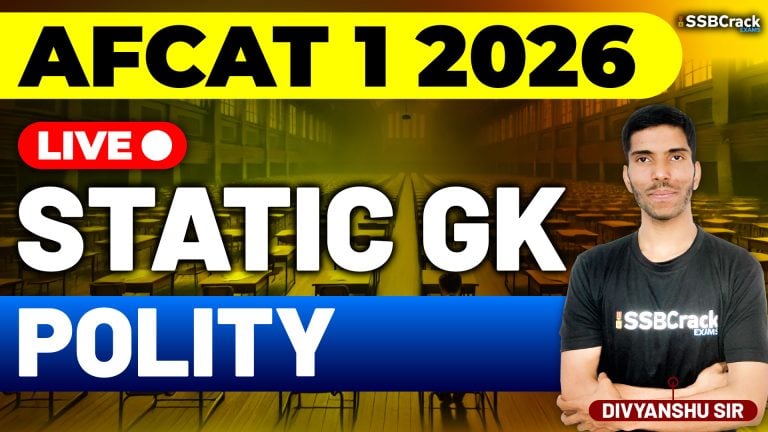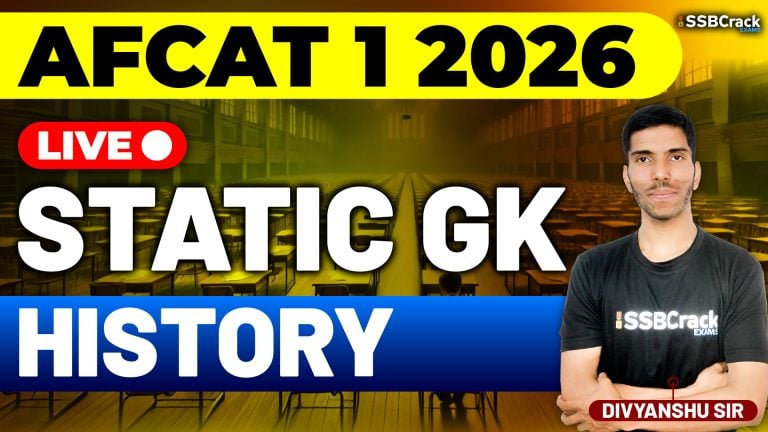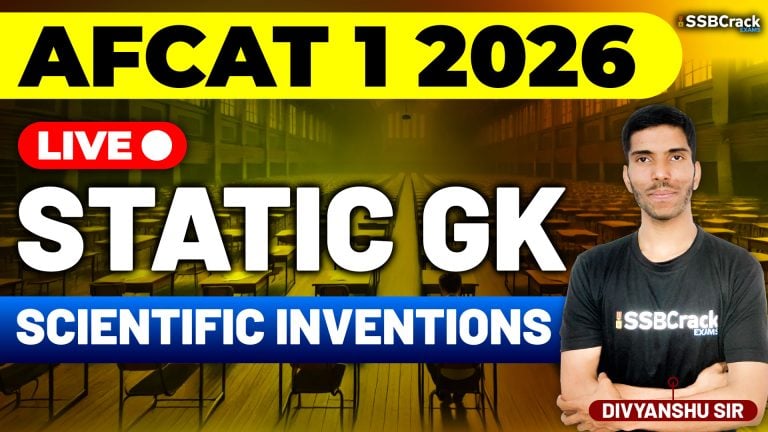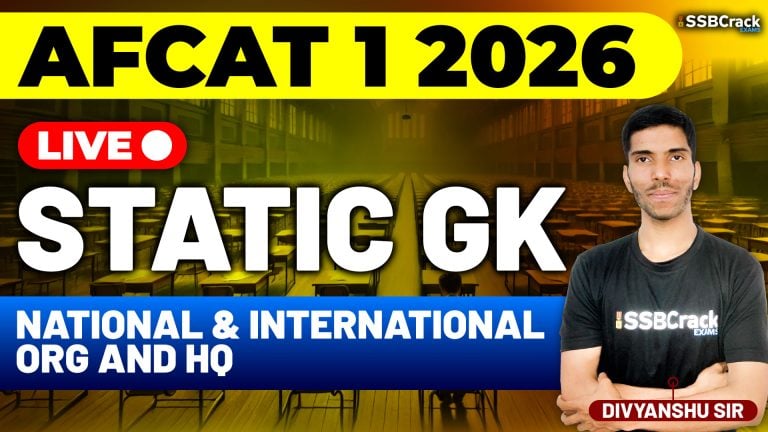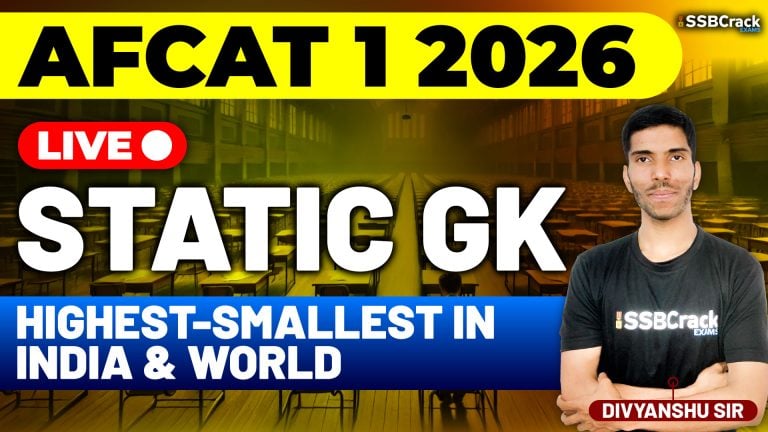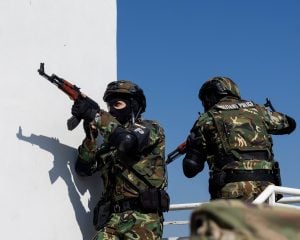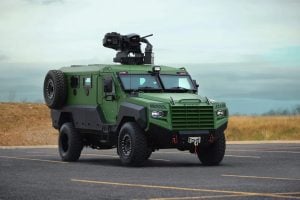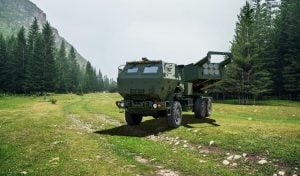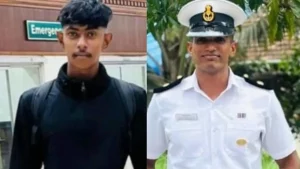The Armed Forces of India, consisting of the Indian Army, Indian Navy, and Indian Air Force, are pillars of national defense, safeguarding the country against external threats and ensuring peace and stability.
AFCAT 1 2025 Know Your Armed Forces
The Armed Forces of India, consisting of the Indian Army, Indian Navy, and Indian Air Force, are pillars of national defense, safeguarding the country against external threats and ensuring peace and stability. Understanding the structure, role, and operations of these forces is crucial for AFCAT 1 2025 aspirants, especially in the General Knowledge section, which often features questions about the Indian military.
This article serves as a comprehensive guide to help you “Know Your Armed Forces,” covering their history, structure, key operations, and contributions to nation-building.
Indian Army
Overview:
The Indian Army is the land-based branch of the Indian Armed Forces and the largest component of India’s defense system. It is responsible for maintaining territorial integrity and defending the country against external threats. The Indian Army also plays a crucial role in internal security, disaster relief, and peacekeeping missions.
Organizational Structure:
- Commands: The Indian Army is divided into seven operational commands:
- Northern Command – Udhampur
- Western Command – Chandimandir
- Southern Command – Pune
- Eastern Command – Kolkata
- Central Command – Lucknow
- South Western Command – Jaipur
- Army Training Command (ARTRAC) – Shimla
Each command is headed by a General Officer Commanding-in-Chief (GOC-in-C) of the rank of Lieutenant General.
Key Operations:
- Operation Vijay (1999): Played a pivotal role in recapturing the Kargil heights during the Kargil War.
- Operation Meghdoot (1984): Secured the Siachen Glacier, the world’s highest battlefield.
- UN Peacekeeping Missions: India is one of the largest contributors to United Nations peacekeeping forces.
Weapons and Equipment:
- Infantry Weapons: INSAS rifles, AK-203 rifles.
- Tanks: T-90 Bhishma, Arjun MBT.
- Artillery: Dhanush, K9 Vajra-T self-propelled howitzers.
Motto:
- “Service Before Self”
Indian Navy
Overview:
The Indian Navy is responsible for safeguarding India’s maritime interests and ensuring the security of the Indian Ocean region. It plays a crucial role in maritime diplomacy, humanitarian assistance, disaster relief, and counter-piracy operations.
Organizational Structure:
The Indian Navy operates under three commands:
- Western Naval Command – Mumbai
- Eastern Naval Command – Visakhapatnam
- Southern Naval Command – Kochi (training command)
Fleet Composition:
- Aircraft Carriers: INS Vikramaditya, INS Vikrant.
- Destroyers: Kolkata-class, Delhi-class.
- Frigates: Shivalik-class, Talwar-class.
- Submarines: INS Arihant (nuclear), Scorpene-class (conventional).
- Naval Aviation: MiG-29K fighters, P-8I Poseidon maritime patrol aircraft.
Key Operations:
- Operation Trident (1971): A successful naval operation against Pakistan during the Indo-Pak War, leading to the destruction of Karachi’s oil reserves.
- Mission SAGAR: A recent initiative to provide COVID-19 relief to neighboring countries.
Motto:
- “Sham No Varunah” (May the Lord of Water be auspicious unto us)
Indian Air Force (IAF)
Overview:
The Indian Air Force is responsible for aerial warfare, air defense, and conducting strategic and tactical air operations. With cutting-edge technology and highly trained personnel, the IAF plays a vital role in securing Indian airspace and projecting air power.
Organizational Structure:
The IAF operates under five operational and two functional commands:
- Western Air Command – Delhi
- Eastern Air Command – Shillong
- Central Air Command – Prayagraj
- Southern Air Command – Thiruvananthapuram
- South Western Air Command – Gandhinagar
- Training Command – Bengaluru
- Maintenance Command – Nagpur
Aircraft Inventory:
- Fighter Aircraft: Rafale, Sukhoi Su-30MKI, Mirage 2000, MiG-29.
- Transport Aircraft: C-17 Globemaster, C-130J Super Hercules, IL-76.
- Helicopters: Apache AH-64, Chinook, Dhruv ALH.
Key Operations:
- Operation Safed Sagar (1999): The air component of the Kargil War, providing close air support and high-altitude bombings.
- Operation Rahat (2013): One of the world’s largest helicopter-based rescue missions, carried out during the Uttarakhand floods.
Motto:
- “Touch the Sky with Glory”
Integrated Defense
Chief of Defence Staff (CDS):
The Chief of Defence Staff is a newly created post that ensures better coordination between the Army, Navy, and Air Force. The CDS heads the Department of Military Affairs and advises the government on military matters. The current CDS is responsible for formulating strategies and managing joint operations among the three forces.
Theatre Commands:
India is working towards creating unified theatre commands to streamline military operations across land, sea, and air, ensuring jointness among the armed forces.
Border Security Forces
In addition to the Indian Armed Forces, paramilitary forces play a crucial role in defending the nation’s borders and internal security. These forces include:
- Border Security Force (BSF): Protects India’s borders with Pakistan and Bangladesh.
- Indo-Tibetan Border Police (ITBP): Guards the Indo-China border.
- Assam Rifles: Specializes in counter-insurgency and border guarding in the Northeast.
- Central Reserve Police Force (CRPF): Engages in counter-insurgency operations and maintaining law and order.
- National Security Guard (NSG): Elite counter-terrorism force.
Women in the Armed Forces
The role of women in the Indian Armed Forces has evolved significantly, with women now serving in combat roles and holding leadership positions. Key milestones include:
- Women being inducted as fighter pilots in the IAF.
- Permanent commission granted to women officers in various branches of the Army, Navy, and Air Force.
- Women taking part in naval operations and flying helicopters.
Technological Advancements
The Indian Armed Forces are rapidly modernizing with the induction of cutting-edge technology and indigenous equipment:
- Indigenous Fighter Jets: HAL Tejas is a major component of India’s “Make in India” initiative.
- Missiles: Agni and BrahMos missiles form the backbone of India’s strategic deterrence.
- Drones and UAVs: India is investing in advanced unmanned aerial vehicles for surveillance and reconnaissance.
- Space-Based Assets: India’s Defense Space Agency (DSA) works on leveraging space technology for defense purposes, including satellite-based intelligence and communications.
Conclusion
As you prepare for AFCAT 1 2025, understanding the Indian Armed Forces, their structure, operations, and technological advancements is critical. The Armed Forces not only defend the nation but also contribute to peacekeeping, disaster relief, and international diplomacy. Knowing the role and functioning of each service branch will enhance your general knowledge and help you excel in the AFCAT examination.
Stay updated with current affairs, defense news, and strategic developments to deepen your understanding and ace the exam. Best of luck!
